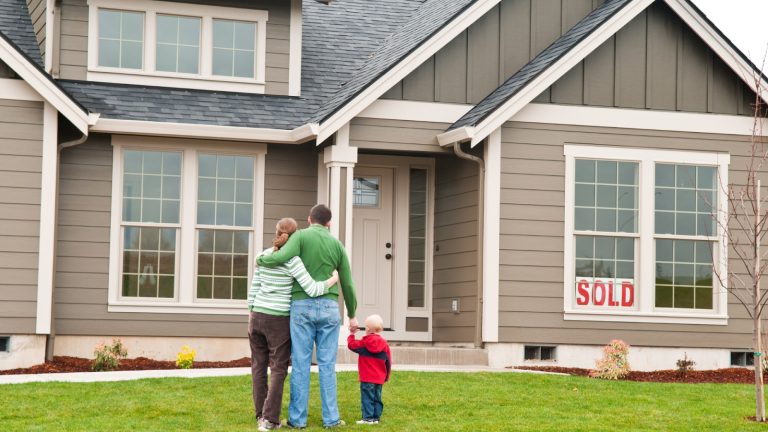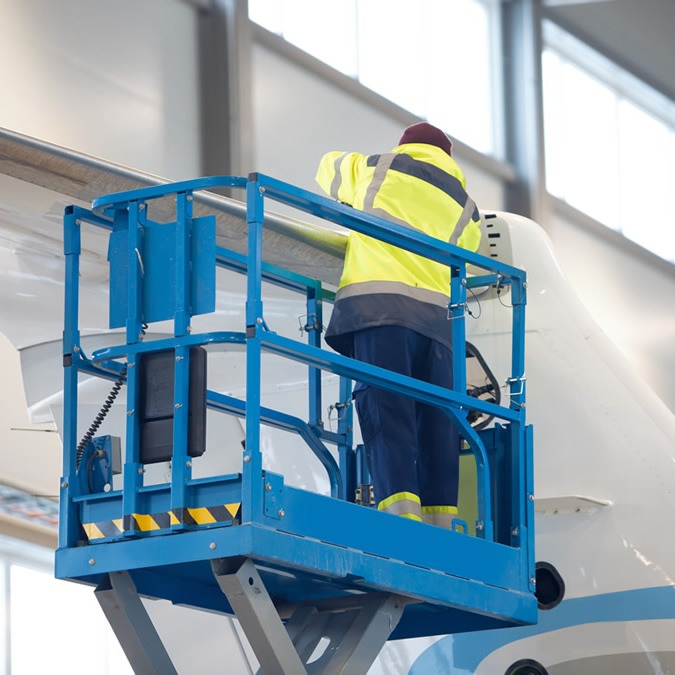Why Mosaic Floor Tile Is Trending in Modern Interiors
Step into a freshly designed boutique hotel lobby or a friend’s renovated kitchen, and you’ll probably spot them right away. Those tiny, carefully positioned tiles create showstopping patterns beneath your feet.
It’s not some fleeting interior trend that’ll vanish next season—we’re watching an old-world technique merge with today’s tech in ways that feel genuinely exciting. Property owners and design professionals alike have latched onto this flooring solution, and honestly? The appeal runs way deeper than “it looks nice.” Let’s dig into what’s fueling this explosion in demand.
The Modern Revival of Ancient Craftsmanship
Basically, half the market recognizing that these tiles deliver something special where moisture matters most.
From Mediterranean Palaces to Digital Design Tools
Think about those Byzantine artisans spending entire seasons arranging colored stones by hand. Fast-forward to now—digital precision lets manufacturers replicate that same gorgeous detail in a fraction of the time, yet somehow the character remains intact.
What’s fascinating? Technology hasn’t gutted the artistry. It’s actually supercharged it. You can commission custom designs that would’ve bankrupted wealthy patrons centuries ago. This blend of old-school craft and new-school capability creates something neither could achieve alone.
What Major Retailers Are Bringing to Market
Access has completely transformed. Specialized retailers like TileBar have demolished the old gatekeeping system where only contractors with trade accounts could source premium mosaic floor tile, originally reserved for upscale commercial work. Now? You’re ordering samples from your couch on a Tuesday night.
Direct-to-consumer models changed everything. No more awkward visits to intimidating showrooms where salespeople make you feel underdressed. Curated selections arrive at your door, and you make decisions on your own timeline. That democratization matters.
Why Designers Can’t Stop Specifying These Tiles
Something’s shifted in how professionals approach flooring, and multiple forces are converging at once to put small-format tiles front and center.
Customization That Actually Feels Personal
Big-box uniformity doesn’t resonate when you’re trying to stamp your identity onto a space. AI visualization tools now let you mock up completely bespoke patterns before purchasing a single tile. Mix metallics with matte finishes, incorporate initials, play with scale—the creative control is legitimately impressive.
We’re past basic color selection. Some cutting-edge manufacturers are producing tiles with photochromic properties that shift appearance based on ambient light. Sounds like science fiction, right? It’s already installed in several high-profile residential projects.
The Sustainability Angle That Actually Matters
Environmentally conscious buyers are backing up their values with purchase decisions. Reclaimed materials and recycled glass get transformed into surfaces lasting five decades or more. That durability factor alone crushes the environmental cost of replacement-heavy alternatives you’re ripping out every twelve years.
Modern adhesives use water-based instead of volatile solvents, and quality grouts contain minimal VOCs. These aren’t empty marketing phrases—they’re measurable improvements affecting the air your family breathes. Carbon-neutral production exists too, though it’s still emerging rather than standard practice.
Small Format, Big Flexibility
Ever tried wrapping 12×24 planks around a curved accent wall or tight shower corner? Absolute torture. Tiny pieces naturally conform to irregular architecture without the stress. This practicality solves actual problems you’d face during installation, whether you’re hiring pros or going DIY.
Building codes around slip resistance become easier to satisfy when grout line frequency increases traction naturally. That’s not incidental—it’s a functional advantage in households with children or aging parents who need a safer footing.
Design Ideas Dominating Instagram and Pinterest
Social platforms have become flooded with installation photos that genuinely make people pause mid-scroll. Current trends cluster around specific looks that photograph incredibly well.
Geometric Patterns With Serious Impact
Hexagons, chevrons, herringbone—monochromatic geometrics are absolutely everywhere in the design feed right now. They inject visual complexity without color chaos, which matters in tighter rooms. Scandinavian minimalism embraces this hard, relying on texture and shape instead of bold hues.
The brilliance of geometric layouts? They age gracefully. Five years from now, you won’t wince at your flooring choices the way you might with trendier departures.
Bringing Nature Indoors Through Tile
Biophilic principles continue dominating residential design, and floors are joining the movement through organic forms mimicking river stones, botanical shapes, and flowing water. Earthy palettes—think terracotta warmth, soft sage, deep ocean tones—foster calming environments that support mental wellbeing. Research backs this up; natural elements in living spaces measurably reduce cortisol levels.
Wellness-oriented homeowners extend these concepts into meditation corners and spa-inspired master baths. Walking barefoot across varied textures adds sensory richness that polished concrete simply cannot deliver.
Bold Color Choices Making Comebacks
Jewel tones are surging back, especially in powder rooms and entryways where drama serves you well. Floor-to-ceiling color gradients create spatial illusions that expand perceived square footage. Some designers deploy vibrant inserts against neutral fields, essentially mimicking decorative rugs without actual textiles that need washing.
This strategy lets you test bolder palettes without total commitment. If preferences evolve, your neutral foundation stays relevant while accent zones adapt more affordably.
Room-by-Room Applications That Work
Strategic thinking about placement matters enormously. Not every space benefits equally from small-format installations, so let’s break it down practically.
Bathrooms Transformed Through Thoughtful Tile Selection
Continuous tile flowing from floor into walk-in shower eliminates visual interruptions that fragment space perception. This seamless technique has become standard in premium bath renovations. Penny rounds excel in compact powder rooms, while larger mosaics suit generous primary bathrooms better.
Coordinating tub surrounds with flooring creates that high-end spa atmosphere everyone wants. The trick? Maintain consistent grout color throughout so everything reads as intentional rather than haphazard.
Kitchen Floors That Handle Real Life
Kitchen installations prove especially smart around islands where defining zones matters. Tile pattern shifts create subtle boundaries between cooking and living areas without physical barriers that interrupt sight lines.
Entryways That Set the Tone Immediately
First impressions are real, and an intricate floor medallion greeting visitors telegraphs attention to detail instantly. Geometric centerpieces have become signature features in custom builds. Practically speaking, medium-to-dark patterns mask tracked-in dirt far better than light solid tiles showing every footprint.
Scale matters intensely here. An oversized medallion crushes a modest foyer visually, while delicate patterns disappear in grand entrances.
Technical Realities You Need to Know
Gorgeous results require foundation work that most people ignore until catastrophe strikes. These technical considerations won’t excite you, but they’re non-negotiable.
Substrate Preparation Makes or Breaks Projects
Concrete needs specific treatment for adhesion success. Wood subfloors demand additional underlayment, adding cost and height. Cutting corners produces cracked grout and loose tiles within months, guaranteed. Radiant heat systems require precise installation sequencing—mess up the order and you’re tearing everything out.
Expansion joints aren’t suggestions in large installations. They’re protection against seasonal temperature swings, causing material movement.
Selecting Materials That Match Your Needs
Porcelain delivers superior performance versus ceramic but costs more upfront and challenges DIY cutting. Natural stone brings unique character through veining and variation, though it demands regular sealing. Glass produces stunning luminous effects but needs careful slip-resistance evaluation for floors.
Tempered glass rated for flooring performs adequately in residential contexts, but verify DCOF ratings exceed 0.42 for wet zones. Metal accents add visual punch, but avoid them where standing water causes corrosion issues.
Installation Complexity and Cost Factors
Professional labor pricing varies wildly based on pattern intricacy and regional rates. DIY works for straightforward sheet-mounted patterns, but custom layouts genuinely need expert hands. Daily completion rates run much lower—expect 40-60 square feet versus 100-150 for large-format alternatives.
This slower pace directly impacts total labor costs. Budget realistically, because rushing installations to economize typically generates poor results, costing more to remediate than doing it properly initially.
Investment Analysis for Practical Homeowners
Let’s discuss actual numbers, because these projects aren’t bargains. Understanding complete cost pictures enables smarter decision-making.
Material Costs Across Quality Tiers
Custom designer collaborations command premium pricing, but you’re purchasing exclusive patterns unavailable elsewhere. That uniqueness carries genuine value in luxury market positioning.
Return on Investment Considerations
Quality bathroom and entryway installations can increase home values by 8-12% in premium markets. That’s not speculation—it’s backed by recent resale data analysis. Cost-per-year calculations over 50+ year lifespans make these tiles economically competitive with cheaper options requiring replacement every decade.
Strategic accent applications deliver major visual impact with minimal square footage investment. You don’t need wall-to-wall coverage to create powerful design statements.
Common Questions About Mosaic Flooring
What makes small-format tiles more expensive than regular tiles?
Higher costs stem from increased piece counts per square foot, labor-intensive precision installation, and specialized manufacturing processes. However, the 50+ year lifespan often makes them economically competitive when calculating long-term cost-per-year versus cheaper alternatives.
Can these tiles work with underfloor heating systems?
Absolutely—small tiles actually excel with radiant heating due to excellent thermal conductivity and natural expansion accommodation through numerous grout joints. Use flexible, heat-rated adhesives and verify tile materials handle thermal cycling before installation.
How do you maintain these floors long-term?
Use pH-neutral cleaners specifically formulated for tile and grout, avoiding acidic or abrasive products. Soft-bristle brushes for grout lines and microfiber mops for tile surfaces work best. Annual professional cleaning extends the lifespan significantly without damaging surfaces.
Final Thoughts on This Flooring Revolution
The mosaic floor tile popularity surge isn’t random luck—it’s propelled by legitimate advantages in personalization, environmental impact, and visual drama. These installations deliver practical benefits alongside aesthetic punch that few flooring categories can match.
Whether you’re tackling a single bathroom refresh or designing from the ground up, understanding these dynamics helps you make informed choices you’ll still appreciate in twenty years. The fusion of historical craftsmanship with contemporary manufacturing has produced something genuinely special for modern spaces. And honestly? It’s about time flooring got this interesting again.






